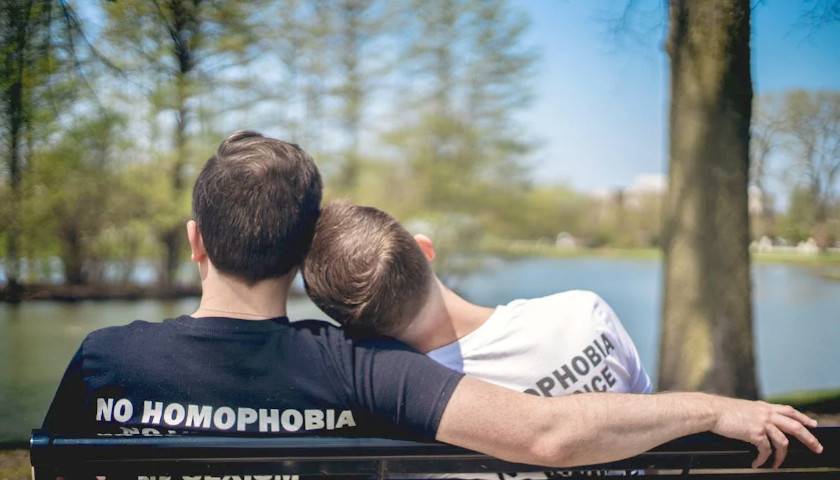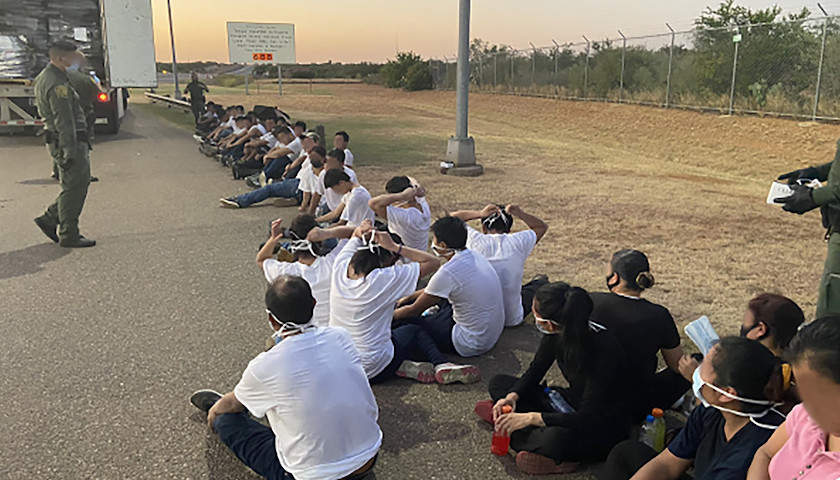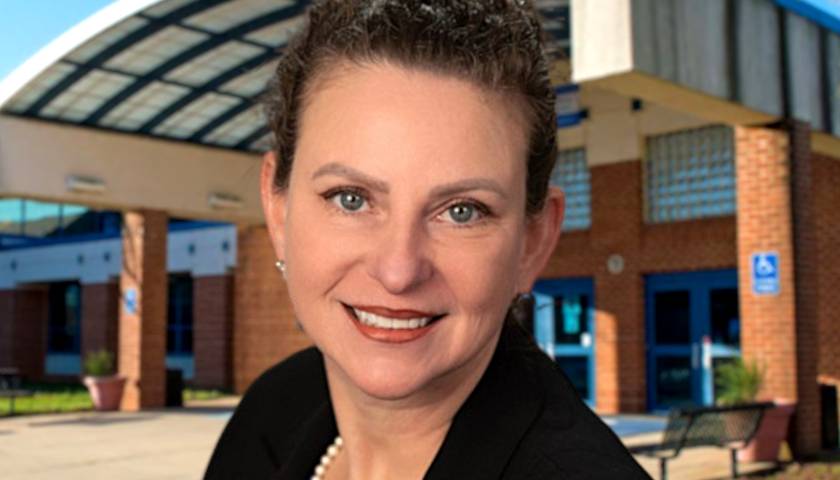by Jeff Minick
This year, the Christmas spirit knocked at my door two weeks before Thanksgiving, smiled coyly, and settled in like some stray feline who’s struck gold with a warm hearth and a bowl of Friskies Seafood Sensations. Never before had this spirit arrived so early and so unexpectedly.
It started with a review copy of Faith Moore’s Christmas Karol, a novel that copycats the plot of the Charles Dickens classic, A Christmas Carol. Here we meet Karol Charles, an attorney obsessed with success and money to the detriment of her husband, her two young children, her sister, and her employees. Like Ebenezer Scrooge, Karol is visited on Christmas Eve first by her deceased partner and then by three spirits of the season. Most of the action takes place in a hospital, a stroke of inspiration on Moore’s part as hospitals serve both the dying and the recovering. When we meet her, Karol’s soul is most decidedly on the critical list.
Christmas Karol is a sweetly told tale, fast-paced and with shades of that perennial favorite It’s a Wonderful Life. The ending also brought to mind Alastair Sim in the classic A Christmas Carol when the actor leaps and dances wildly around his bedroom, ecstatic that he has a chance at a redo of his misspent life.
To inspire the writing of my review, I turned to some YouTube Christmas music, soft instrumentals for the most part. In The Republic, Plato wrote that “rhythm and harmony find their way into the inward places of the soul,” and so it was with me. Before you could say “Rudolph the Red-Nosed Reindeer,” I was humming “Good King Wenceslas” and “Silent Night” even after I’d closed my laptop.
Less than a week later, another review copy clamored for attention. From early childhood, Pamela McColl had been fascinated by Clement Moore’s “A Visit from St. Nicholas,” and into her lovely compendium Twas the Night: The Art and History of the Classic Christmas Poem, she crams years of affection, learning, and research. Here you’ll find everything you ever wanted to know about Moore and his famous verse, and much more besides. With scores of illustrations and pictures, many of them from the 19th century, bits of Christmas history and tradition, dozens of poems and passages taken from literature, and her own commentary, “Twas the Night,” as McColl modestly writes, is “a 264 page footnote to the classic Christmas poem.”
By the time I finished reviewing McColl’s book, my humming had morphed into singing. When I was busy with my household chores, I’d be cranking out “White Christmas,” “Gaudete,” and “O Come, O Come, Emmanuel” in a loud, albeit creaky, voice. My caterwauling did no damage to innocent ears, as the walls of this house are well-insulated and I live alone.
My Christmas spirit slumbered during Thanksgiving but then awoke, stretched, and bounded up with renewed vigor. As I shopped for groceries, for example, I found myself either humming or even singing—softly, of course—along with the store’s piped-in holiday music. The Salvation Army bell ringer was stationed on the sidewalk outside, and I dropped a few bucks into the bucket. At the little bookshop in our public library, I picked up used children’s books and DVDs on the cheap as gifts for the grandkids and purchased some gift certificates and treats for friends and older family members from other stores.
The first Saturday afternoon in December delivered another heavy dose of this magical potion. I’d gone to town to write a bit in my favorite coffee shop and found Main Street aswarm with hundreds, and eventually thousands, of pedestrians, all waiting for the annual Christmas parade. For 40 minutes, I wandered up and down the street, observing all sorts of folks—toddlers and teens, families, and couples on dates. Dozens of them were wearing Santa Claus caps, and everywhere there was talk and laughter.
Here in this crowd, I witnessed the news that’s rarely reported by our corporate media: Americans from all backgrounds and races enjoying themselves together, united by an event whose sole purpose was fun and entertainment. If this is the result of the Christmas spirit, I wish for a flood of this comfort and joy.
The next day brought the first Sunday of Advent. In his homily, the priest reminded us that the next four weeks were a time of preparation, that the real celebrations fall in the period between Christmas Day and Epiphany, the 6th of January.
On arriving home, I read Luke 2, the New Testament passage where an angel of the Lord appears to a band of shepherds and instructs them to go to “the city of David,” where “you will find a Babe wrapped in swaddling cloths, lying in a manger.” As I considered these words, it occurred to me that this angel and the accompanying multitude of the heavenly host were only the warm-up act. The main show was waiting for the shepherds in Bethlehem.
Such emissaries of Christmas can apparently assume many forms. In my case, they spoke to me through books, music, and the faces and voices of strangers, but I now realize that these manifestations, like that band of angels, were but reflections of the joy to come. They whetted my appetite for that joy, but they were only the opening act.
The headliner arrives on December 25.
– – –
Jeff Minick is a contributor to Intellectual Takeout.




